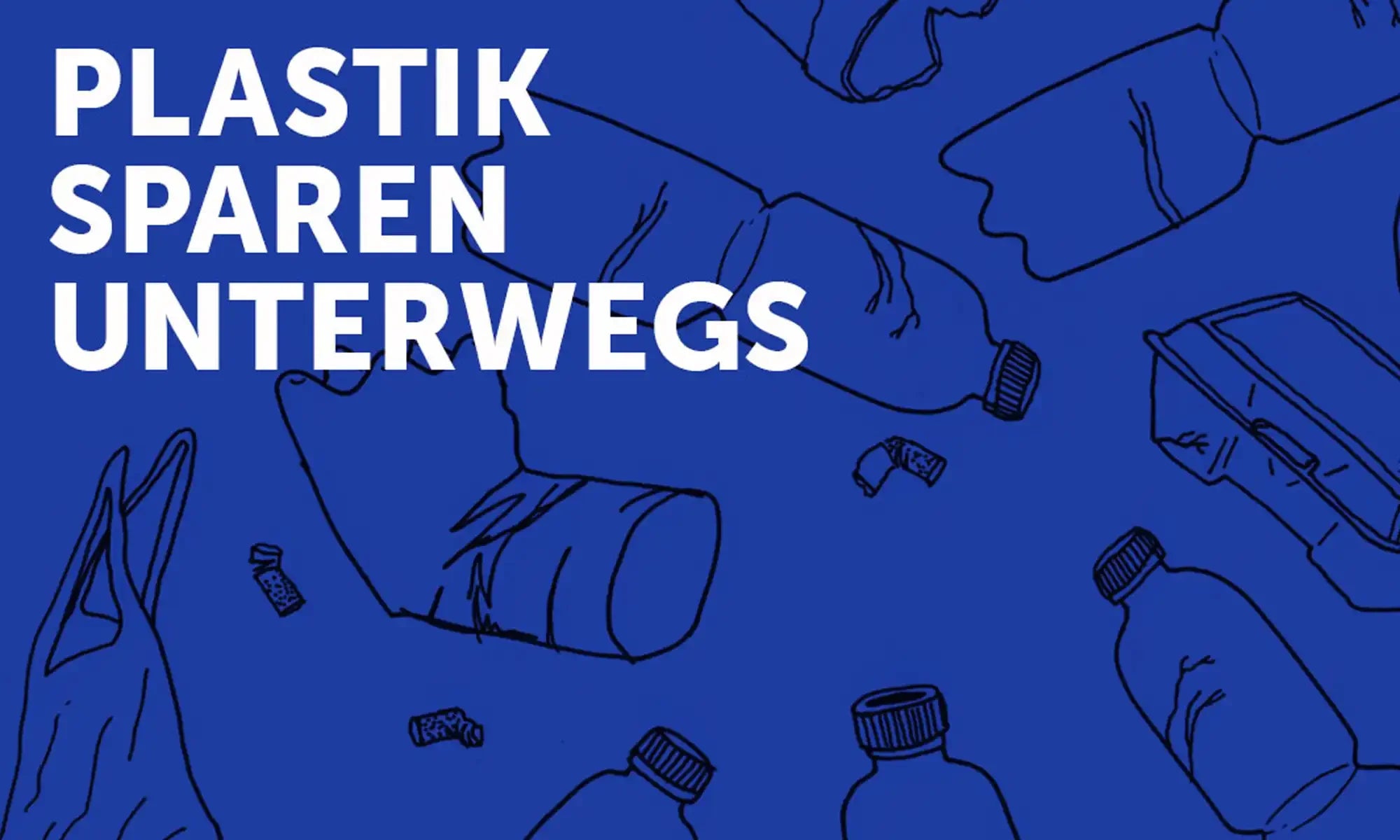Article: Plastic and climate: Why plastic really heats up the planet

Plastic and climate: Why plastic really heats up the planet
Somehow, we all know that plastic isn't particularly good for the environment. Ever since we've seen pictures of turtles or seals entangled in ghost nets , plastic bags, or other plastic waste, we've realized how plastic waste massively threatens our planet's biodiversity. But plastic not only impacts our ecological system; it also contributes directly to global warming. The Heinrich Böll Foundation's Plastic Atlas devotes several chapters to this topic. We've summarized the most important findings of the scientific studies for you.
The production of plastics
Let's start with the production of plastic, or more specifically, with the extraction of its raw materials. Plastic is primarily made from petroleum or natural gas, which are limited fossil fuels . Which brings us directly to the first problem: resource scarcity . There are areas where the use of plastic makes sense, for example, in medicine or space travel. Currently, however, large portions of these raw materials are used in disposable products or packaging materials.
However, these raw materials are not only finite, but also highly harmful to the environment, due, among other things, to the high energy consumption and emissions generated by extraction and transport. As the number of places where oil and gas can be easily extracted is decreasing, a lot of time and energy is invested in exploring new deposits. When such deposits are discovered, their extraction generates further significant CO₂ emissions. Fossil fuels often have to be transported long distances, which requires the creation of infrastructure.
The next step is refining crude oil, a highly energy-intensive process. Added to this are serious social and political consequences, international dependencies, and geopolitical unrest and war.
In 1950, approximately two million tons of plastic were produced worldwide; today, the figure is 400 million tons per year, and rising. Unless fundamental changes occur, this figure will quadruple by the early 2050s. The production of plastic products alone could emit 56 gigatons of CO₂ equivalents by 2050. That would already be 13% of the carbon budget that must be met to limit global warming to 1.5°C – without considering disposal or recycling.
The use
Until now, crude oil and gas were procured at great expense and then processed into a product with even greater effort. Let's say, for example, to coat a disposable cup. Coffee-to-go cups are used for an average of 15 minutes and then thrown away . In Germany alone, we consume 320,000 of these cups per hour.

Disposal vs. recycling
Especially when you're paying attention to waste separation, you might wonder why so much new plastic is still being produced. Can't the existing material simply be recycled forever?
Unfortunately not. To date, only 9% of all plastic ever produced worldwide has been recycled ; the current recycling rate is 14%. The rest ends up in landfills, incinerators, or in the environment.
One reason: Many plastics are technically difficult or impossible to recycle. For example, coffee-to-go cups: The material mix of cardboard and plastic coating makes recycling difficult. Even recycled plastics lose quality (downcycling) and ultimately end up in the trash.
Especially in Europe, so much plastic waste is produced that we export it – often to countries with weak environmental regulations. There, it ends up in the water or is improperly incinerated, which is hazardous to health. Although it may not seem like it, our consumption contributes massively to global environmental pollution.
What happens to the plastic waste after disposal?
Around 10 million tons of plastic waste enter the oceans every year. The consequences: species extinction, polluted habitats, and CO₂ feedback effects. If the CO₂ currently stored in the oceans is released again, it could trigger a dangerous chain reaction.
Of particular concern: 387 marine species already travel through the world's oceans via plastic streams, 54 of which ingest or become entangled in plastic. More than 120 species are on the Red List.

Plastic as a climate factor
Plastic not only pollutes our environment, it's also a driver of global warming. Climate protection is a central issue at soulbottles. On September 20, our entire team took to the streets for the global climate strike —because we believe the economy needs radical change.

Let’s take action together!
You might be wondering: How will we ever get all this under control again? And yes, plastic is just one problem among many.
But change starts small. At soulbottles, we work daily with people who motivate us to keep going. This is how the soulincubator support program was born, for example.


